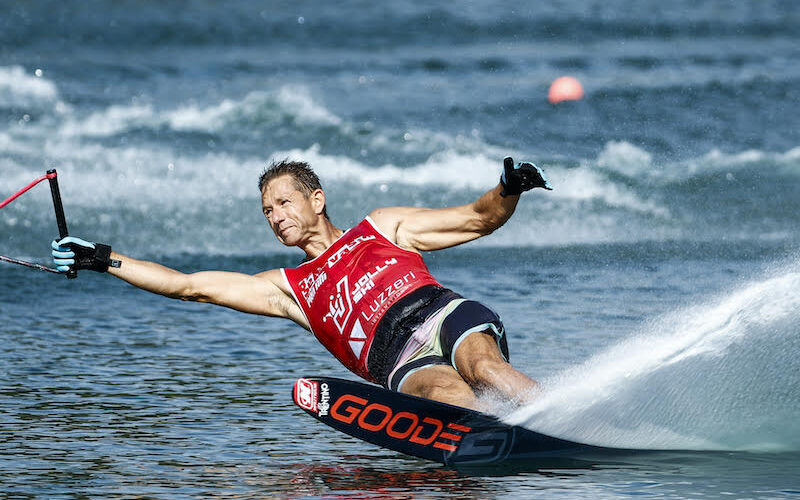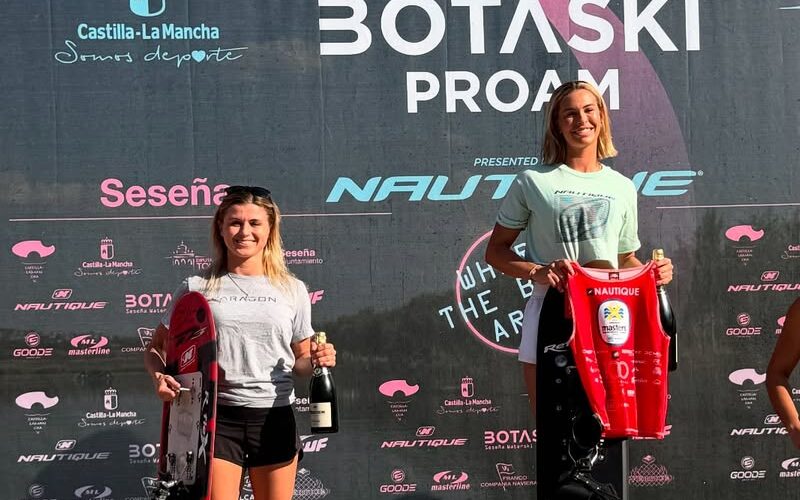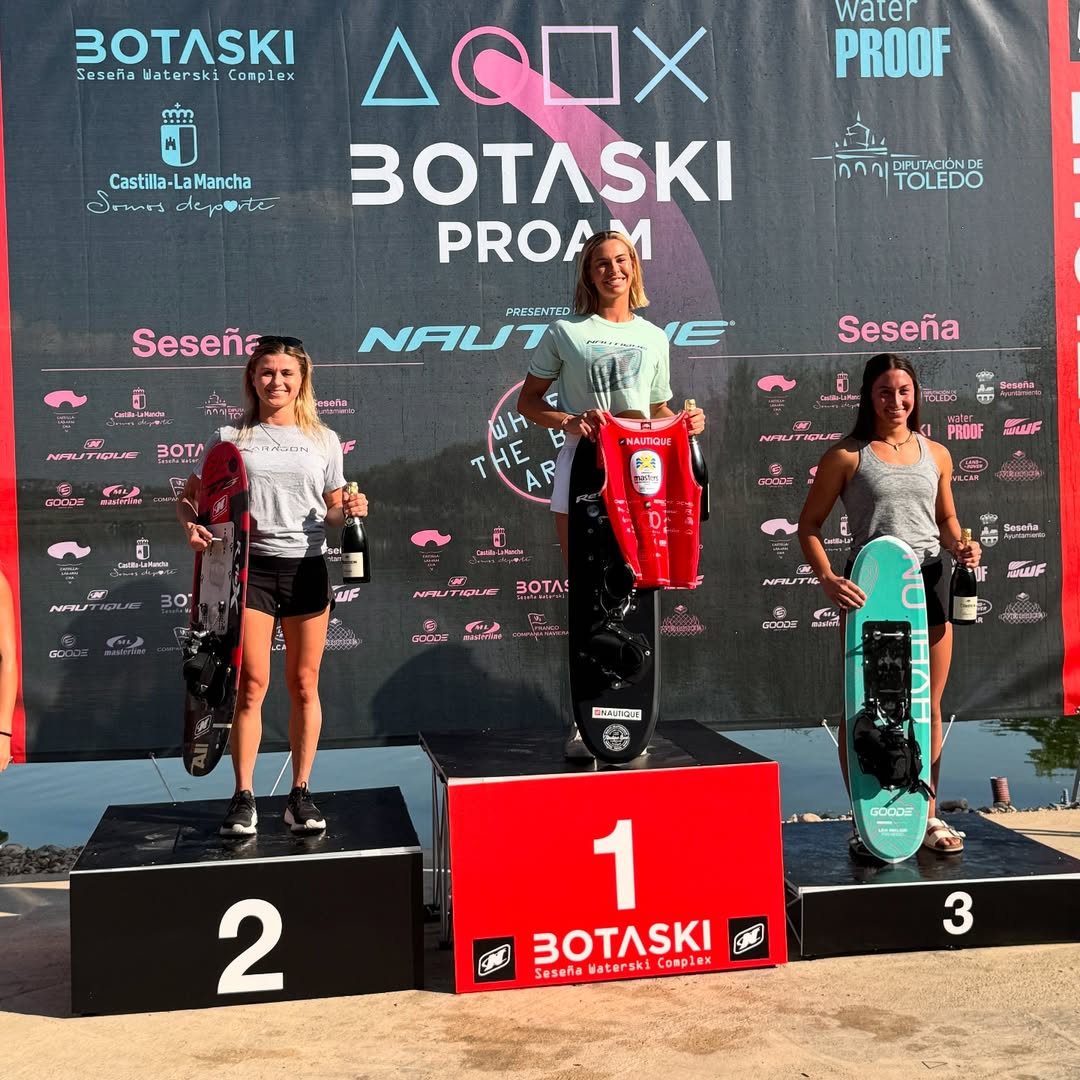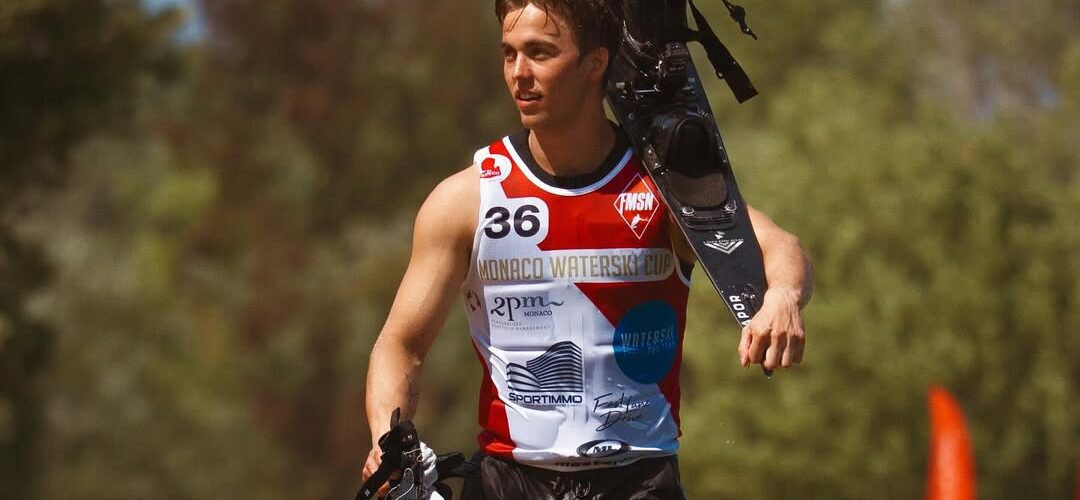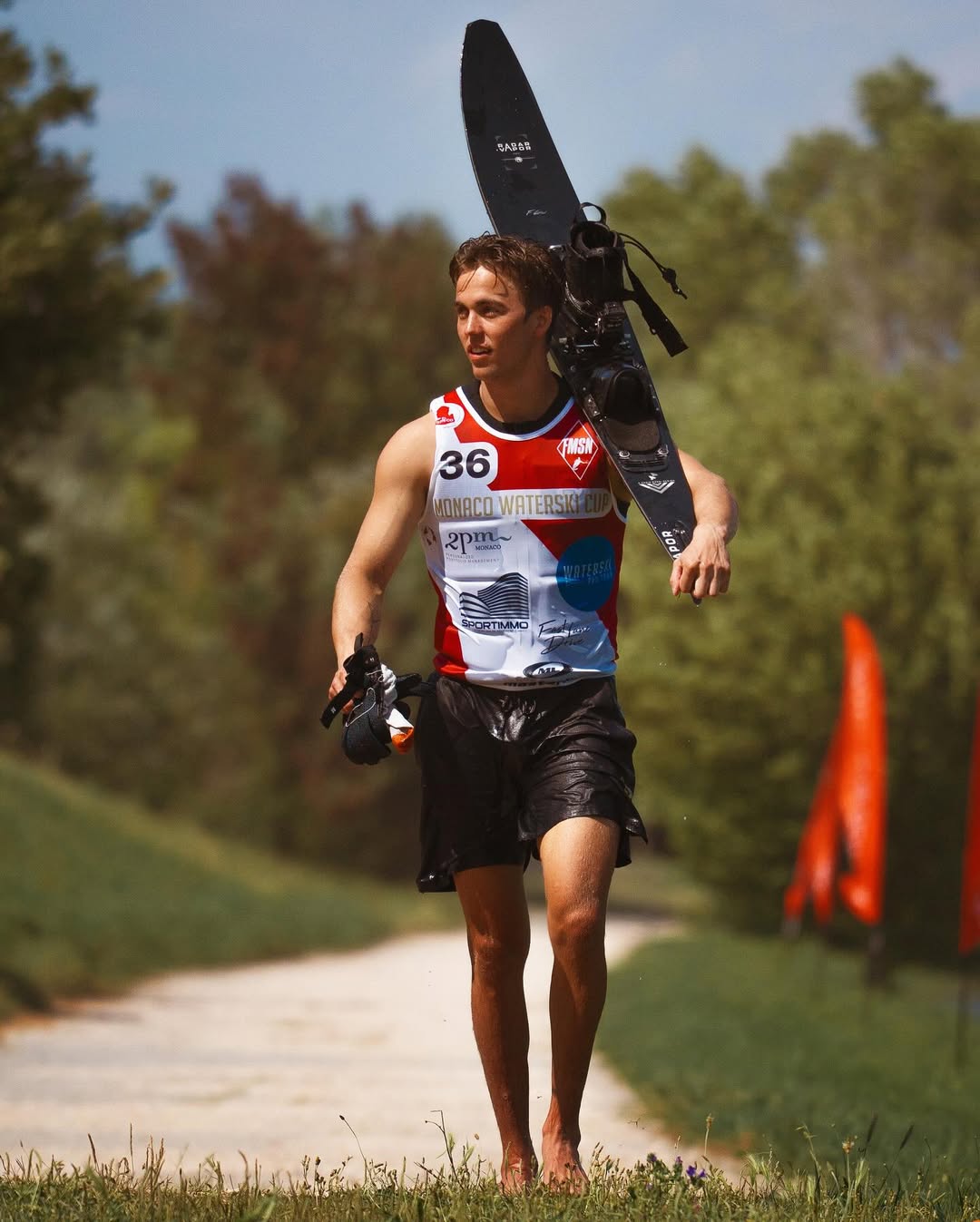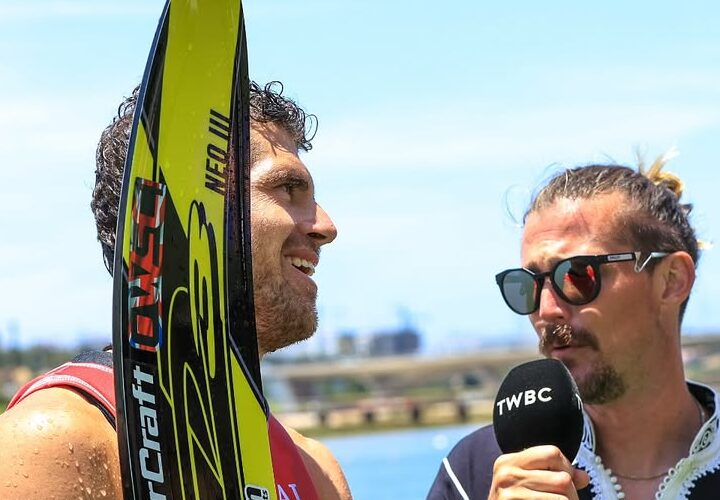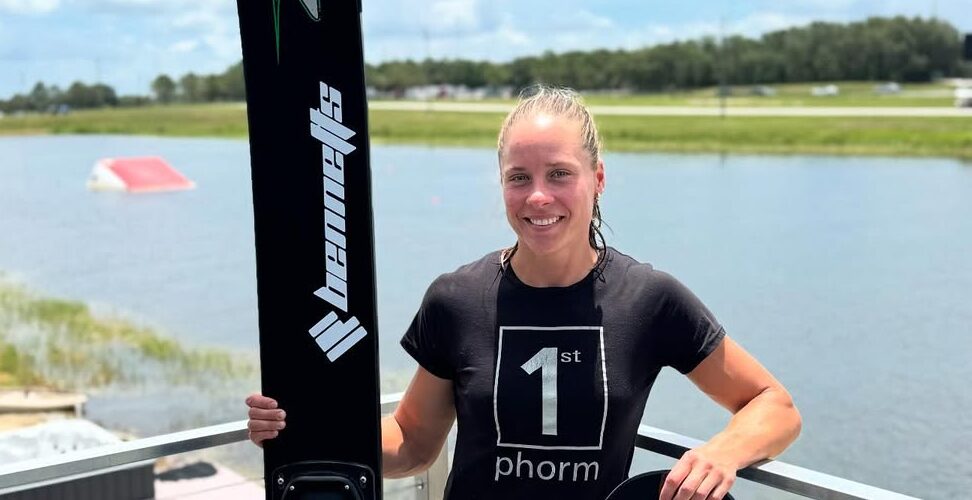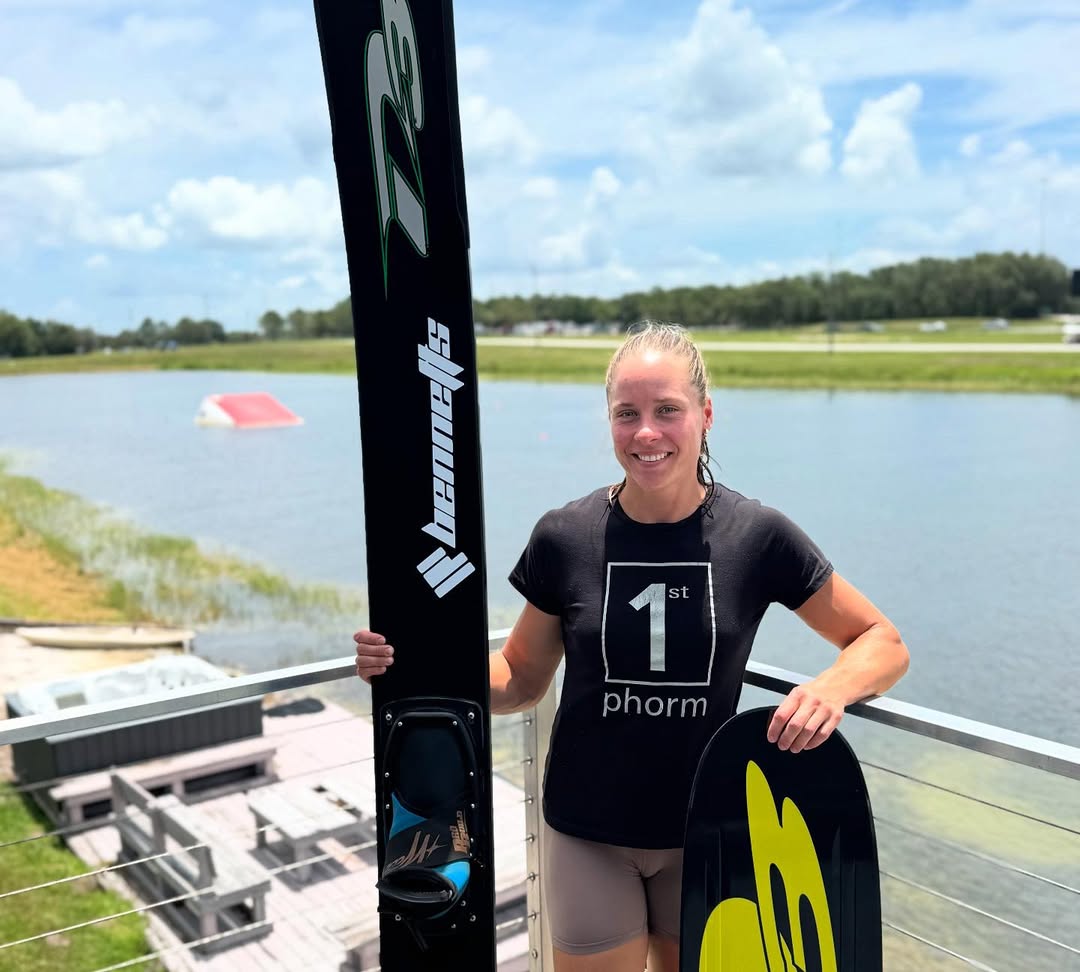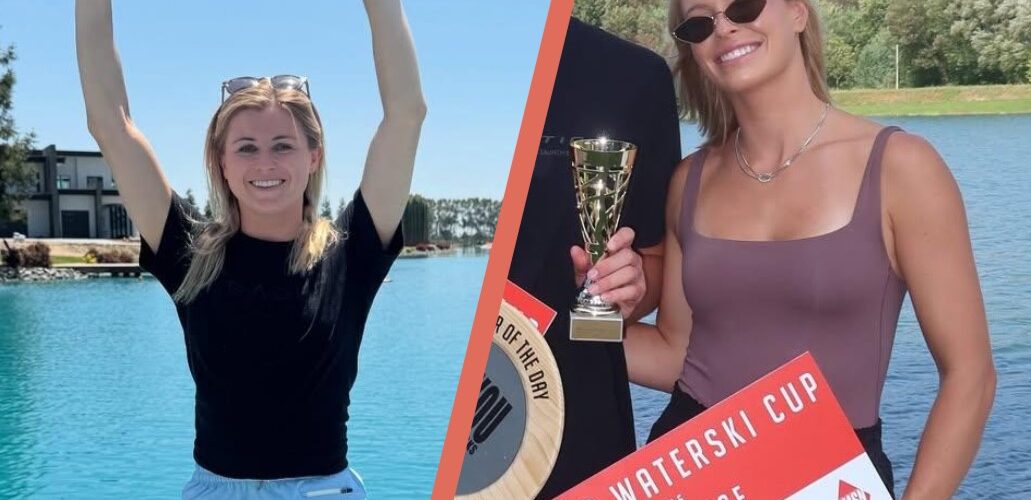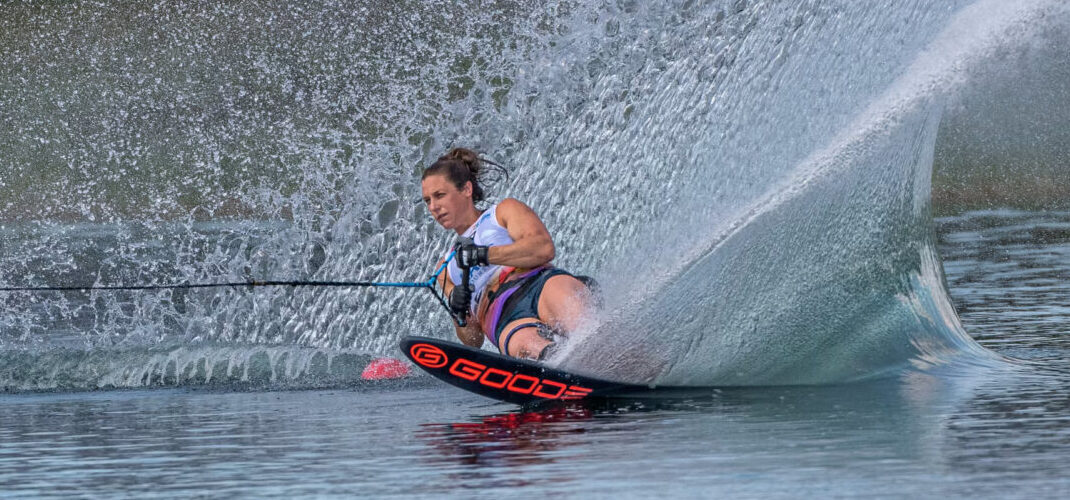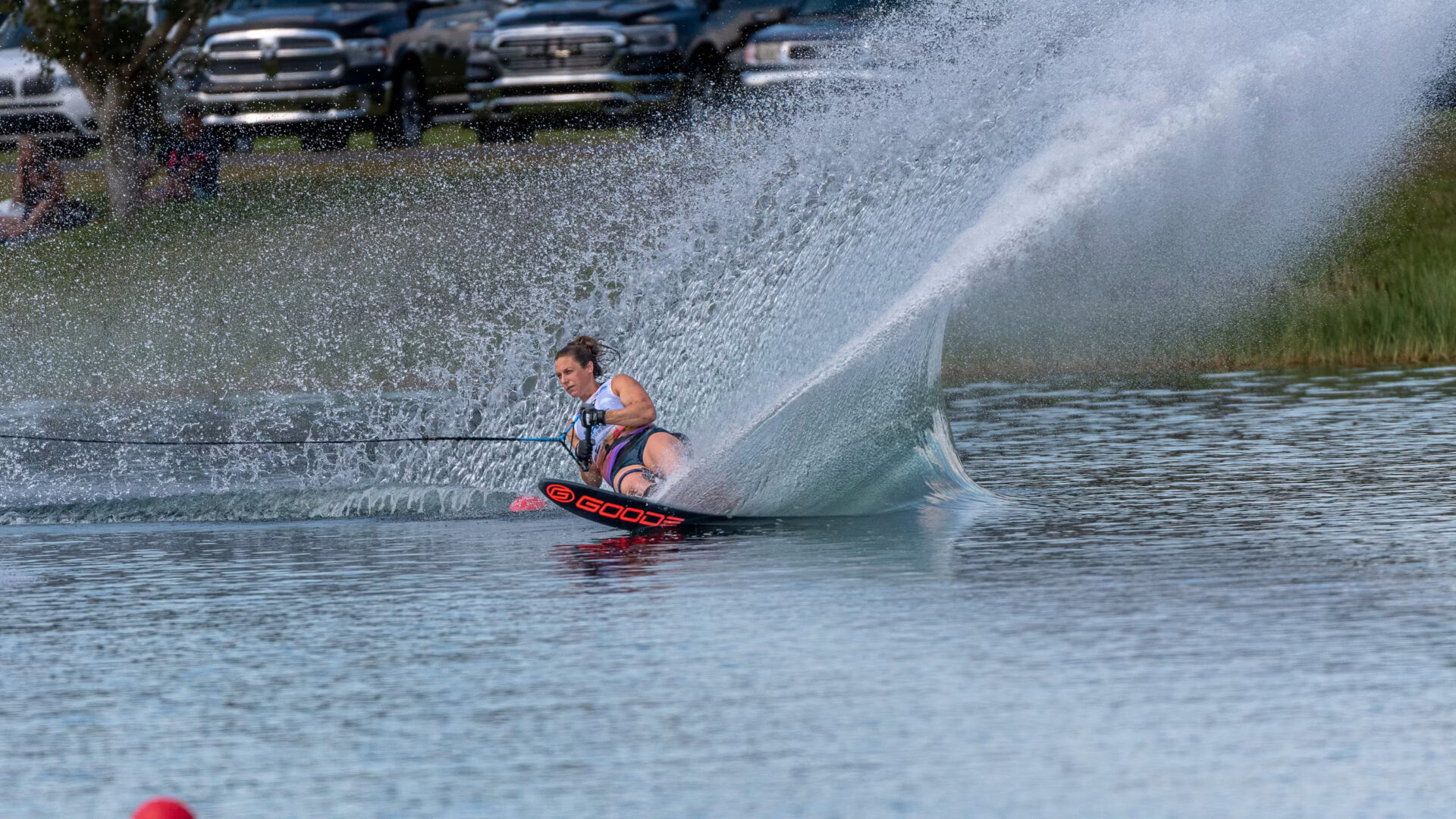Ali Garcia breaks through with emotional podium as Jaimee Bull sweeps European leg

Image: TWBC
By Jack Burden
SAN GERVASIO, Italy — For Ali Garcia, the breakthrough didn’t come with fireworks. It came with tears.
After months of grinding on the Waterski Pro Tour with little reward, the 23-year-old American finally stood tall in San Gervasio, riding a season-best performance into the finals and finishing second behind an undefeated Jaimee Bull. But it wasn’t the result that made the moment — it was how she got there.
In the qualifying round, Garcia tied her personal best of 3 buoys at 10.75 meters — a score she hadn’t managed all season — grinning ear to ear as she took the provisional lead and forced top seeds Allie Nicholson and Bull to deliver under pressure to hold their spots.
“I’m so happy, honestly,” Garcia said after qualifying. “This whole week I’ve been skiing really well and I felt like I could get my first three of the summer. I didn’t feel good the whole set — my rhythm was crazy — so the fact I could still put up a score makes me feel really confident.”
Then came the semifinals.
Matched up against Nicholson in a head-to-head showdown, Garcia needed a piece of 4 at 10.75 to advance — a score she had never achieved in competition. She delivered a gutsy 3.5, a new personal best, and stood afterward with tears in her eyes, soaking in the weight of the moment.
“A week ago I was calling my parents crying, saying I thought I should come home,” she said. “Now I PB’d. I thank my brother for teaching me how to throw a ski because I wouldn’t know how if he didn’t push me to crash more often.”
In the final against Bull, Garcia claimed 3 at 10.75 again — matching her previous best for the third time that weekend.
“I just figured I had nothing to lose,” she said. “Thirty minutes ago, three was my PB, so to tie it in a final — I’m psyched. It was so fun just to participate.”
No skier — man or woman — has entered more pro slalom events in 2025 than Garcia. Until now, she had yet to reach a podium. But her San Gervasio run changes everything. She now sits fourth on the Waterski Pro Tour leaderboard behind Bull, Nicholson, and Neilly Ross — with momentum, and belief, finally on her side heading into the U.S. season closers and the looming World Championships.
For her father, Steve Garcia, watching from across the world, it was a moment years in the making.
“More tears than can be counted,” he wrote. “Like so many challenges, especially the last 12 months. And on one special day, in one special moment, I’m confident Ali would say it was all worth it.”
At the top of the table, Bull’s dominance continued.
The Canadian completed a perfect five-stop sweep through Europe, winning every event and locking up the top spot in the Waterski Pro Tour standings. Neither of her biggest rivals — Regina Jaquess or Whitney McClintock Rini — made the trip across the Atlantic, but Bull left little room for doubt. Her control at 10.75 has become surgical, and her consistency now matches her explosive potential.
“Ali crushed it last round and I knew she was going to go for it,” Bull said after the final. “I played it a bit safe at four just to make sure I didn’t fall — it’s a bit choppy down there — and made sure I had a full five. I’m happy. It’s been a great five weeks. Really good skiing for me, and I’m happy we get to go home now.”
Bull owned the top step. But Garcia may have delivered the weekend’s most powerful story — a reminder of how much the sport demands, and how sweet it can be when persistence finally pays off.
No crushing expectations. No top-seed pressure. Just a ski, a rope, and one more try.
And this time, she made it count.



